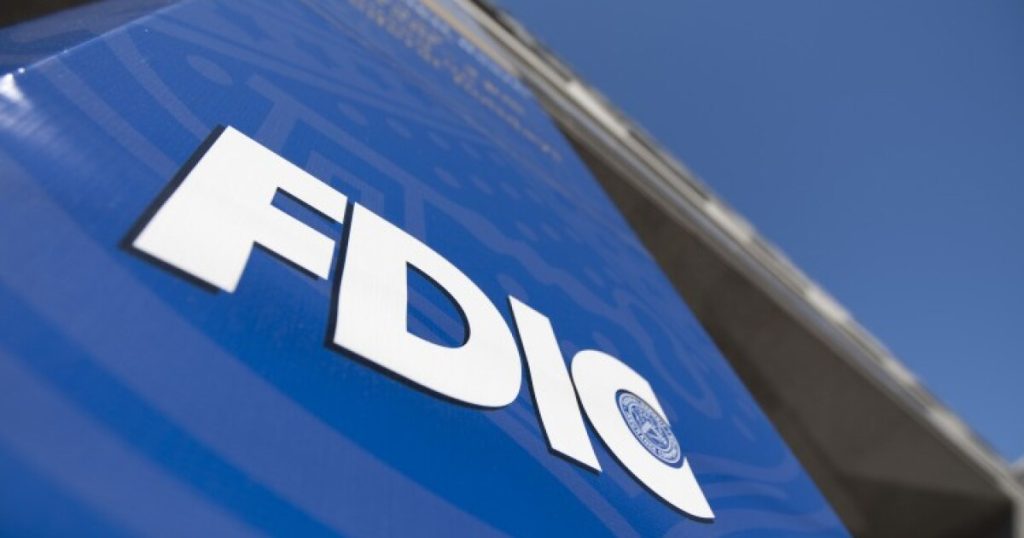WASHINGTON — When Silicon Valley Bank
The nearly $24 billion institution was across an ocean from the chaos unfolding in California, but Harrison, the CEO and chairman of the bank, said that none of that mattered to customers reading headlines about banking turmoil.
“We’ve been around a very long time, been through a lot of crises,” Harrison said. “This wasn’t a major one. However, a lot of people called into question what’s going on, and it wasn’t our local customers as much as mainland customers with deposits here, and they’re reading what’s happening.”
Harrison is now throwing his weight behind efforts to change the deposit insurance system in a way that he said will help banks around his size hold on to deposits and continue competing with their much larger and smaller competitors.
“Why are we viewed as a question mark, and anybody over $100 billion is viewed as, ‘Don’t worry, this basically got the full faith and credit of the United States government,'” he said.
He’s joined by a cohort of leaders at other institutions, who like Harrison, serve on the board of the Mid-Size Bank Coalition of America.
“To make sure that we’re providing the liquidity the banking needs for small and mid sized businesses across the entire country, we need deposits,” said Ira Robbins, the CEO of Valley National Bank, a New Jersey based institution with more than $62 billion in assets. “Those deposits for us to get now cost us more money, and largely are unattainable to a large degree, just based on the implied guarantee that the large banks have.”
The midsize bankers argue that the legislation would help retain and grow deposits at institutions that serve an important niche: businesses that are too large to bank at the smallest institutions, but that still want a local banker.
“We’ve seen a barbell environment within our industry, where we have a lot of smaller banks and a lot of larger banks, and there’s very little, if any, mid-sized banks left in the entire country,” Robbins said. “That has to stop. I mean, there’s, there’s macro, systemic issues associated if we don’t do something today, and deposit insurance is the leveling of the playing field that’s needed.”
In the immediate aftermath of the Silicon Valley Bank crisis,
But the idea has seen new life. Sens. Bill Hagerty, a Republican from Tennessee, and Angela Alsobrooks, a Democrat from Maryland, introduced an amendment to must-pass spending legislation that would increase deposit insurance limits specifically for business accounts.
The amendment has a decent chance of passing. The Treasury Department is so far happy with it, according to two sources familiar with the matter.
Treasury Secretary Scott Bessent even said during a
That support from the administration means that Republicans aren’t likely to oppose the bill.
“We have been in a lot of direct conversations with Treasury over the last two and a half years, and they are supportive of this,” Harrison said. “Even in the previous administration conversations, they were supportive of this type of change.”
The legislation is pitched as an attachment to the National Defense Authorization Act, a must-pass bill that has an easier time getting through Congress even when the legislature is at partisan loggerheads.
Whether or not the deposit insurance bill is germane to the defense spending bill is the biggest hurdle for the legislation.
But leading Democratic banking lawmakers, including Senate Banking Committee ranking member Elizabeth Warren, D-Mass., and House Financial Service Committee ranking member
Two sources familiar with Democratic strategy on the NDAA said that the inclusion of the deposit insurance reform bill might also open the door for other long-held priorities for the party, such as the Sen. Dick Durbin, D-Ill., swipe fee legislation.
The biggest opposition might come from the banking industry itself. While midsize banks are very much in favor of the proposal, the details of the bill could spark infighting within the industry for larger and smaller competitors.
“Bigger banks could argue like, ‘we don’t get this insurance, why do we have to pay for it?” said Benjamin Gerlinger, vice president of equity research for regional banks at Citi. “So that’s where it becomes pretty sticky.”
To offer the higher deposit insurance — up to $20 million for business accounts — the Deposit Insurance Fund, the account held by the FDIC to resolve failed banks, would have to grow. The legislation doesn’t lay out exactly how much the DIF would need to increase, nor how the FDIC should assess banks to get to that figure. Some figures reach as high as
Smaller banks have typically resisted increases in DIF assessments, saying that it would cut into already tight margins for community institutions.
“That’s one of the things that folks are looking to address to see what the parameters would be around the cost, you know, what the right level of coverage would be, and what the formula basically would be to apply any additional FDIC insurance premiums, ” said Paul Merski, executive vice president of congressional relations at the Independent Community Bankers of America. “I think it needs to be better defined in the legislation, and that’s something that we would be working on to better define what the coverage levels would be, what accounts it would cover, and definitely what the cost would be.”
